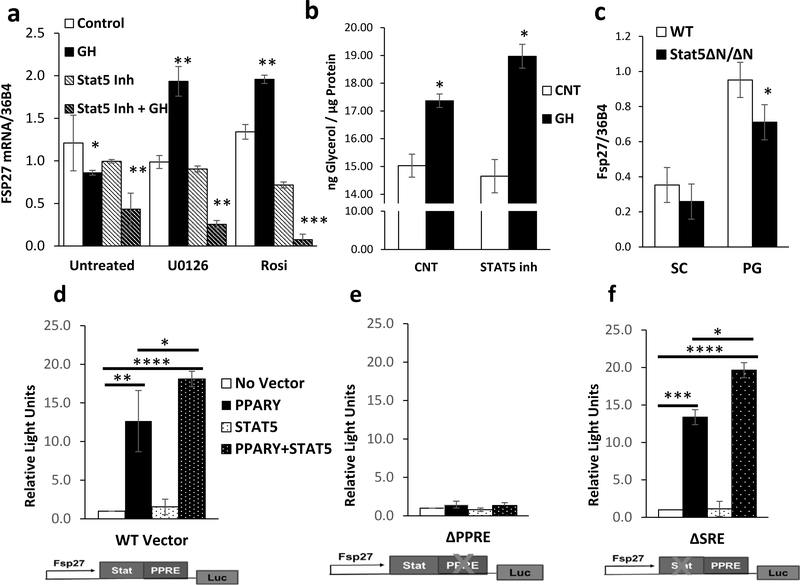Figure 4. STAT5 and PPARγ Regulate FSP27 Expression.
a) qPCR analysis of FSP27 in RNA isolated from 3T3-L1 adipocytes treated with vehicle or 500ng/mL bGH for 2 hours after 2 hours of pre-treatment with 10 μM U0126, 1 μM Rosiglitazone, or 200 μM STAT5 inhibitor. Data are shown as mean ± SEM of 3 independent experiments. Asterisks indicate a significant differences in all panels * p<0.05; **p<0.01 ; ***p<0.001.
b) Lipolysis as measured by glycerol release from 3T3-L1 adipocytes treated with vehicle or 500ng/mL bGH for 2 hours after 2 hours of pre-treatment with 200 μM STAT5 inhibitor. Data are shown as mean ± SEM of 2 independent experiments, each with 3 replicates/group.
c) Expression level of FSP27 mRNA was compared using quantitative real-time PCR (qPCR) of RNA isolated from subcutaneous (SC) and perigonadal (PG) fat of 4 month old male Stat5ΔN/ΔN mice. Data are shown as mean ± SEM of six samples.
d-f) Luciferase activity of 293T cells transfected with a 0.9-kb WT FSP27 luciferase reporter, with the PPARγ response element mutated, or with a presumptive STAT5 response element mutated. The reporter vector was co-transfected either a vector control or 25 ng of Pparγ expression vector and 25 ng of its obligate heterodimer RXRα. The cells were also co-transfected with either a vector control or 25 ng of a STAT5 expression vector. Data are shown as mean ± SEM of three independent experiments, each with three replicates.

